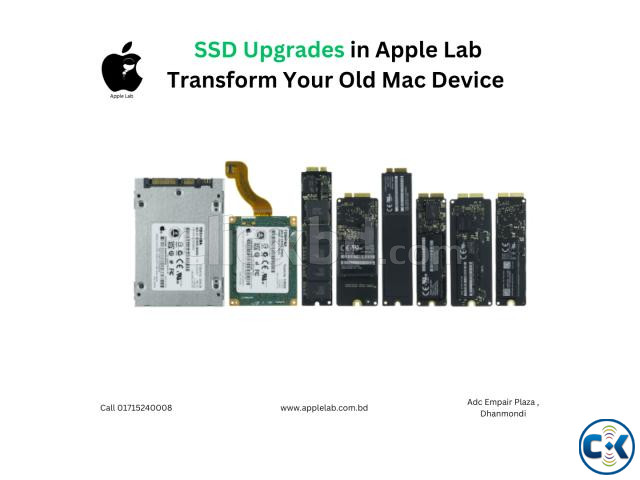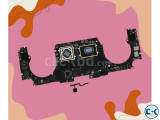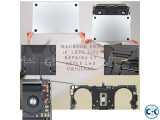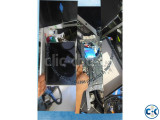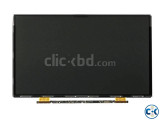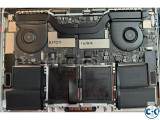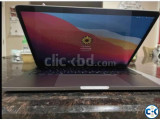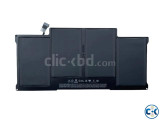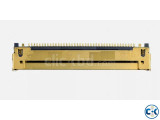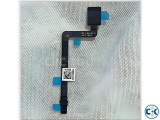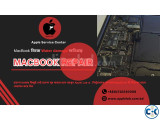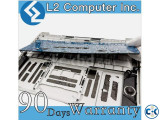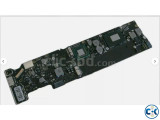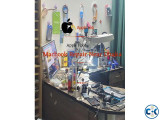SSD Upgrades in Apple Lab: Transform Your Old Mac Device
Meet in a safe & public place
DESCRIPTION for SSD Upgrades in Apple Lab: Transform Your Old Mac Device price in Bangladesh
|
If you have an older Apple device that is running slow, a hard drive upgrade to a solid-state drive (SSD) can significantly improve its performance. SSDs are much faster than traditional hard drives because they use flash memory technology instead of spinning disks. This means that data can be accessed and transferred much more quickly, resulting in faster boot times, faster loading times for applications, and faster file transfers. In addition to speed, an SSD upgrade can also increase the overall responsiveness of your device. This is particularly noticeable when starting up your computer or opening large files and programs. With an SSD, these processes will be much faster, making your device feel snappier and more efficient. Not only will an SSD upgrade improve the speed and responsiveness of your device, but it can also have other benefits. For example, SSDs are more durable and reliable than traditional hard drives. Since they have no moving parts, there is less risk of mechanical failure, resulting in higher data integrity and a longer lifespan for your device. Furthermore, a smaller physical size of SSDs compared to hard drives allows for sleeker designs and better portability. This is particularly useful for MacBook and MacBook Air users who prioritize lightweight and compact devices. It’s important to note that replacing the hard drive with an SSD in Apple devices may require professional assistance, as it involves opening up the device and transferring data. However, many Apple Authorized Service Providers offer SSD upgrade services, ensuring a smooth and hassle-free process. Overall, an SSD upgrade in an Apple device can provide a significant performance boost, making your old device feel like new again. It improves speed, responsiveness, durability, and overall user experience. So if you’re looking to breathe new life into your older Apple device, consider upgrading to an SSD. |
